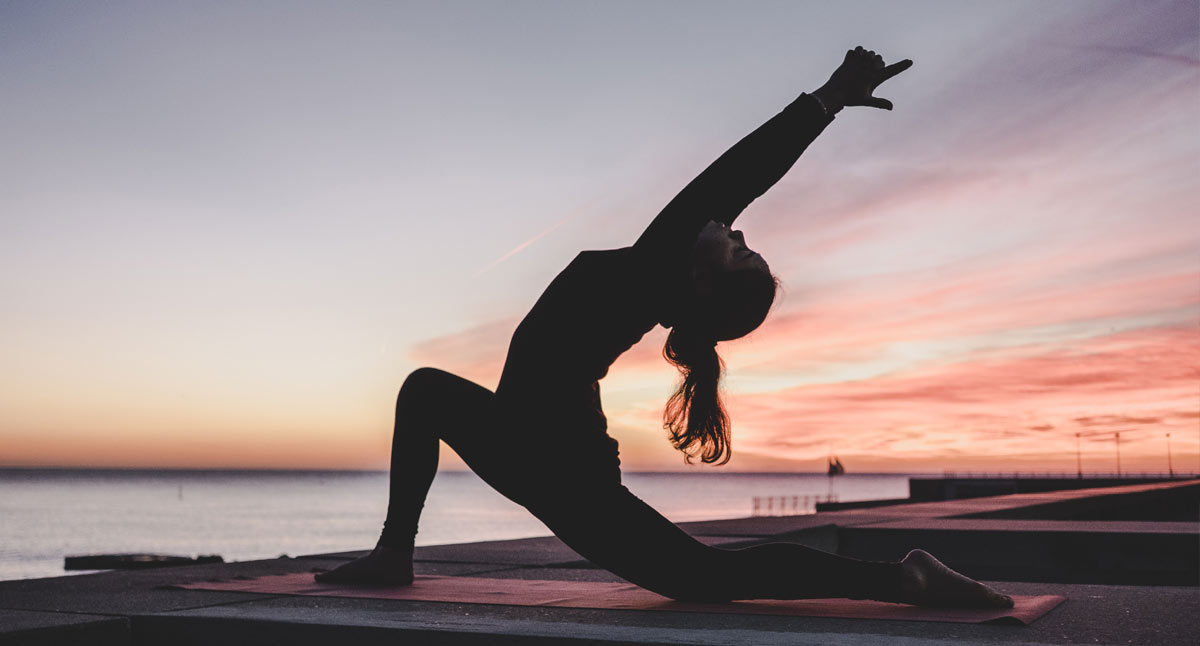
Some years ago, I took a weekend vacation to the Southern Utah desert. I planned to leave right after my Thursday morning Yoga class, which meant I would miss my Thursday evening class. Several weeks before my mini-vacation, I called a teaching colleague who agreed to substitute teach the class.
After my vacation I arrived home to the usual slew of messages on my voicemail. All were standard fare until I got to the one from my teaching sub. One word into the message I knew something was very wrong. In a shaky voice, my colleague confessed that she had completely forgotten to teach the class.
This is a person who is as responsible as I am—which is saying a lot. She and I have joked many times that we sprang forth from the same stalwart, reliable, on-time mothers who instilled in us a deep sense of responsibility at all costs. I knew she was as horrified as I was that my students made the effort to show up and found themselves without a teacher. My concern was compounded by the fact that I had talked with a brand new student just a few days before. That Thursday evening would have been her first class.
I called my colleague and assured her that while I worried about shaking my students’ confidence, I understood that sometimes things slip through the cracks. Knowing her deeply rooted pattern of responsibility I would, of course, ask her to sub again in the future.
The following Thursday evening, I came prepared to apologize to my students. There was no need. They all understood, and based on my long-term pattern of always showing up, they were more worried than anything. But here’s the amazing thing: Instead of waiting 10 or 15 minutes for me to show up before giving up and leaving, they all stayed and did their own practices. Most stayed at least an hour. Even the brand-new student stayed and watched what others were doing and joined in for a while.
This completely overwhelmed me. I was heartened to see that my students are not reliant on me for their practice, that yoga practice is important enough to them that they stayed to practice without me or any other teacher. Discovering that they showed up for simply for the joy of practice made me realize that I’ve done my job. They’ve made the practice their own.
Making Ourselves Obsolete
When I co-taught teacher training with Donna Farhi, we talked extensively about creating a sense of independence in our students. Donna said, “Our job as teachers is to make ourselves obsolete.” I completely agree. My greatest joys in teaching have come from hearing my students’ insights—especially when they are insights I’ve never thought of or ones that sometimes even conflict with my own understandings. This tells me they have developed their own relationship with yoga.
How can we as teachers foster independence in our students? One way is to encourage our students to answer their own questions. We can do this by answering their questions with another question that ultimately gives them the responsibility for finding the answers within them.
For example, how many times have you heard this question: “What am I supposed to feel in this pose?” I always answer this by asking: “What do you feel?” While in some cases it would be easy to spout off a pat answer based on what I feel or what I think they should feel based on the anatomy of the pose, reality is that I can’t actually know what my student is feeling. If I give a pat answer that doesn’t coincide with their actual experience, this immediately invalidates what is true for them. It also discourages them from investigating for themselves.
The most important element in fostering independence is mindfulness. A student who is fully attentive to the present experience of a pose and its aftereffects will develop a far more intelligent and independent practice than one who is told what to feel.
Mindful Yoga Practice: Here’s How
A mindful yoga practice that fosters independence requires an open mind and an attitude of curiosity. The goal is not to force the body into a particular shape. Rather, it’s to be mindful of the inner experience of each pose, not its outer manifestation. Here’s one way of encouraging mindful participation in a yoga practice:
- Before practicing asana, establish a baseline. Come to a neutral position on your yoga mat, most often Tadasana (Mountain Pose). Sukhasana (Easy Pose or Cross-Legged Pose) can also be a good place to start. Make sure you sit with your hips higher than your ankles, on a folded yoga blanket or meditation cushion.
- Check in with the character of the energy we are bringing to our practice today. I talk my students through the process of entering into each pose, encouraging them to pay attention to what is actually occurring inside the body. In particular I encourage them to be present with how their bodies are responding to the internal movement of their inhalations and exhalations.
- After each pose, or sometimes after several poses, return to a neutral position so that you can experience for themselves the shifts that have occurred.
Our job is to share the yoga we know and love. Cultivating our own mindful yoga practice teaches us how to share a mindful practice with our students. We have no control over how our students interpret or practice what we share. At best, we provide a springboard for individual inquiry, not a set of hard-and-fast parameters.
How do you inspire your students to make the practice their own? What ways have you found that help students develop a lifelong, evolving relationship with yoga?
